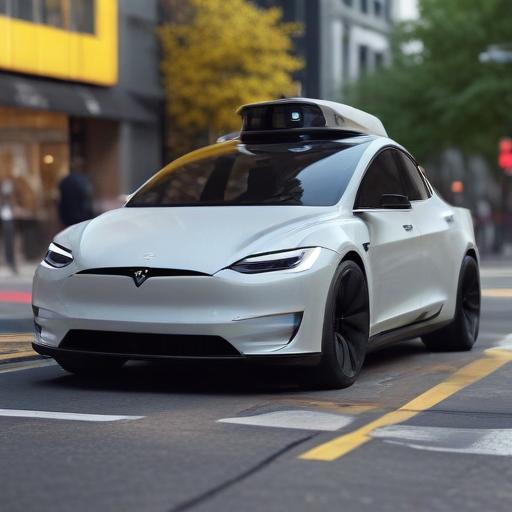Tesla’s recent rollout of its robotaxi service in Austin, Texas, has quickly attracted attention, but not all of it is favorable. Reports have surfaced of various driving issues linked to the self-driving vehicles, which are Model Y cars equipped with cutting-edge software. Passengers have documented incidents that include sudden braking, inappropriate drop-offs, speeding, and even driving into oncoming traffic lanes.
One alarming video captured a robotaxi veering into a lane designated for incoming traffic for several seconds. In another instance, a vehicle braked abruptly without any discernible reason, causing the passenger to lurch forward and their belongings to scatter.
The city of Austin’s autonomous vehicle incident dashboard has noted that the robotaxi service experienced its first safety concern just hours after its launch. A spokesperson confirmed that a robotaxi was spotted braking unexpectedly while passing police vehicles, despite those vehicles not being in its path.
Experts have raised eyebrows over the number of problematic incidents reported so soon after the service’s launch. “This is awfully early to have a bunch of videos of erratic and poor driving,” commented Philip Koopman, a professor of computer engineering at Carnegie Mellon University and an authority on autonomous technology.
Tesla initiated a trial phase in Austin, featuring a limited fleet of 10 to 20 robotaxis, allowing passengers to ride for a flat fee of $4.20. CEO Elon Musk has ambitious plans for expansion, stating that the service will eventually reach other US cities and that millions of Teslas could be operating autonomously by mid-2026.
Tesla’s lack of response to comments regarding the reported incidents raises questions about how the company plans to address these early challenges. As Tesla continues to innovate in the realm of autonomous vehicles, these initial hiccups may serve as a learning curve for future developments.
The future of autonomous vehicles remains bright, with continuous advancements in technology promising improved safety measures and driving capabilities, providing hope that these early struggles can lead to better and safer robotaxi services in the long run.
